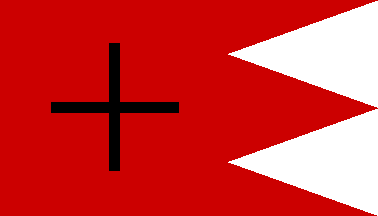
 |
|
|
|
|
#1 |
|
Member
Join Date: Mar 2005
Location: Macau
Posts: 294
|
Thanks for the added information Alaung
 The link refers to a book and also a documentary that was made by a photographer and a cameraman, the later stationed in Macau and the former is an ex-resident. Tolerance has always been the Eastern principle. I have never been to Burma, but one of the Museum drivers is Burmese, and we sometimes talk a lot, although he does not know the Bayingyi. But I have been to Thailand often enough to love Thai people. There's a book called Ou Mun Kei Leok, Memoirs/Registries of Macau done by two schollarly Mandarins of the 17th. century where they analyze the Portuguese in Macau and their habits. Even in those days, Buddhist priests considered their catholic counterparts as colleagues while the later defined the monks as envoys of the demon. So much for fundamentalism... 
|
|
|

|
|
|
#2 | |
|
Member
Join Date: Mar 2007
Posts: 65
|
My family have a distinctive non Burmese nose and many are afflicted by European body hair . Although no one knows for sure , it is frequently joked that we must have Portugese ancestors .
Two of my great grandparents come from the Mu area ( which is considered one of the Bama heartlands ) and it is from them that the dominant nose is inherited . I am also informed that a great great great grandfather from that line and his brother served in the king's army . One in the cavalry and the other as a gunner . Portugese descendants have been part of the Royal Gunners since the 17th century .  Quote:
This author correctly speculates that the cross represents christianity but is not aware that this is the standard of King Mindon's household artillery who were predominantly made up of Christian Portugese descendants. There are probably thousands of Portugese descendants in Burma . 
|
|
|
|

|
 |
|
|